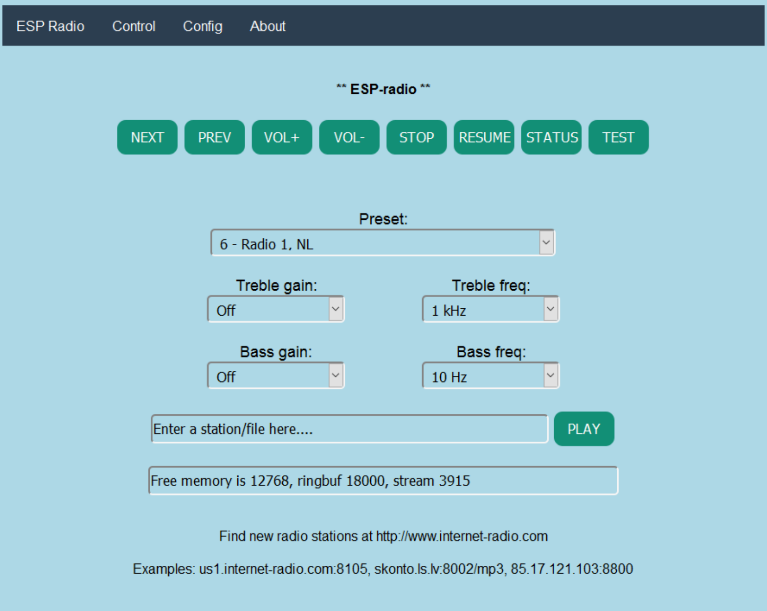As the LoRa low-bandwidth networking technology in license-free spectrum has gained traction on the wave of IoT frenzy, LoRa networks have started to appear in all sorts of unexpected places. Sometimes they are open networks such as The Things Network, other times they are commercially available networks, and then, of course, there are entirely private LoRa installations.
If you are interested in using LoRa on a particular site, it’s an interesting exercise to find out what LoRa traffic already exists, and to that end [Joe Broxson] has put together a useful little device. Hardware wise it’s an Adafruit Cortex M0 Feather with onboard LoRa module, paired with a TFT FeatherWing for display, and software wise it scans a set of available frequencies and posts any packets it finds to the scrolling display. It also has the neat feature of logging packets in detail to an SD card for later analysis. The whole is enclosed in a 3D printed case from an Adafruit design and makes for a very attractive self-contained unit.
We’ve featured quite a few LoRa projects here, including this one with a Raspberry Pi Compute module in a remote display. Of more relevance in a LoRa testing sense though is this look at LoRa range testing.



















